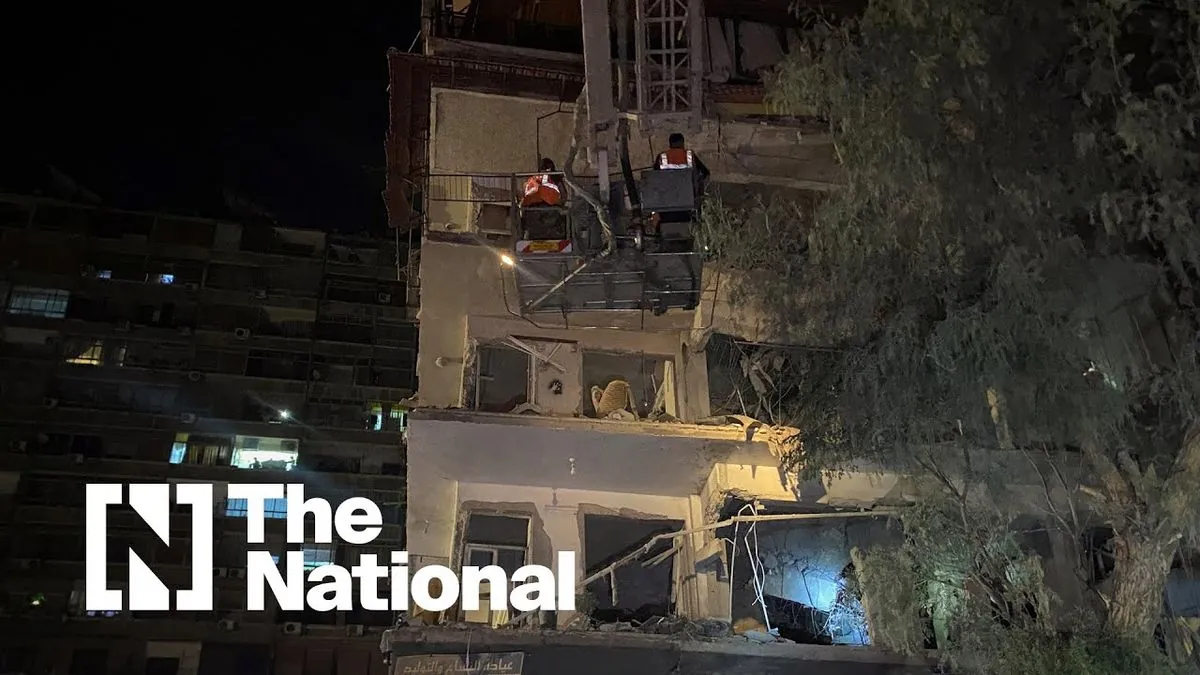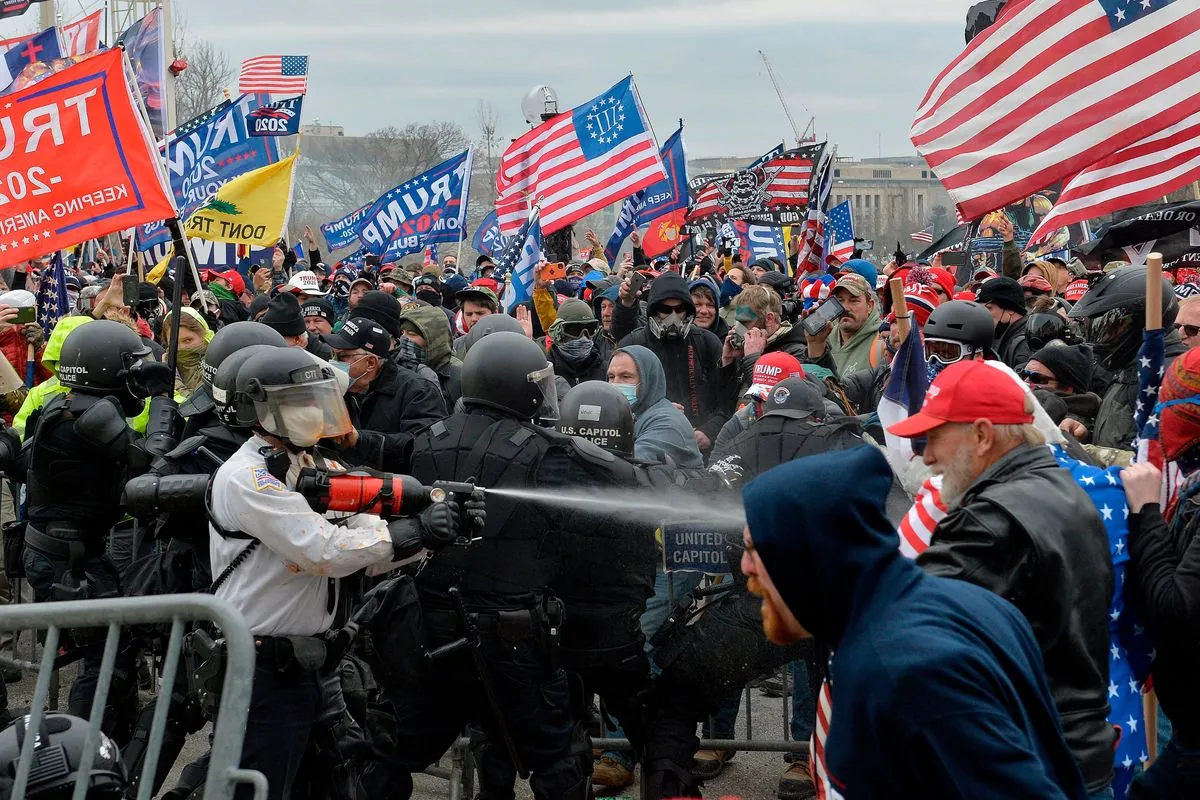Behind the Scenes: Crafting Realistic Storms in "Twisters"
Discover how filmmakers combined cutting-edge visual effects, practical stunts, and scientific research to bring the terrifying tornadoes of "Twisters" to life on the big screen.

The creation of "Twisters," the highly anticipated sequel to the 1996 storm-chasing blockbuster, involved a meticulous blend of cutting-edge technology and old-school filmmaking techniques. Director Lee Isaac Chung and his team embarked on a journey to bring the raw power of nature to the silver screen, employing a combination of visual effects, practical stunts, and scientific accuracy.
Glen Powell, one of the film's stars, initially estimated that about 1,000 special effects were left to complete just two months before the release. However, visual effects supervisor Ben Snow revealed that this number was relatively modest compared to the actual scale of the project. The team utilized millions of volumetric pixels, or voxels, to create the intricate details of the film's six distinct tornadoes.
To ensure scientific accuracy, the production consulted with the National Weather Service and Oklahoma meteorologist Kevin Kelleher. This collaboration resulted in what Chung describes as "the truest-to-science storms that anyone will be able to see rendered on a big screen." The team's commitment to realism extended to studying how sunlight interacts with water droplets in the atmosphere, adding an extra layer of authenticity to the visual effects.

Sound design played a crucial role in bringing the tornadoes to life. Supervising sound editors Al Nelson and Bjorn Ole Schroeder crafted unique sonic personalities for each storm. They incorporated a low, throbbing pulse to convey a sense of menace, using manipulated recordings of a Swedish commuter train. This attention to detail in sound design enhances the viewer's immersion in the film's intense storm sequences.
The production team faced unexpected challenges when the Screen Actors Guild strike halted filming for 118 days in 2023. Upon resuming production in December, they had to adapt to winter conditions while maintaining the appearance of summer on screen. This situation required creative problem-solving and flexibility from the entire crew.
One of the most impressive sequences in "Twisters" takes place during a rodeo scene. Patrick Sullivan, the production designer, worked closely with special effects teams to create a believable and chaotic environment. Real horses and riders were used, with debris carefully orchestrated to fly through the scene. The team balanced practical effects with computer-generated elements to ensure safety while maintaining realism.
"I certainly didn't want to have these actors writing articles about me 10 years from now. So I tried to be careful."
The climactic sequence set in El Reno, Oklahoma, showcases the film's commitment to blending practical and digital effects. Massive wind machines capable of generating gusts up to 180 mph were used on set, while stunt performers on ropes simulated people being swept away by the tornado. Sullivan's team constructed and deliberately destroyed a movie theater set, capturing the devastation in meticulous detail.
Despite the challenges and complexities involved in creating "Twisters," the production team expressed immense satisfaction with the final result. Patrick Sullivan summed up the experience, saying, "It was the biggest pleasure of my career. I joke that I can retire now because I have my bookends. I have my 'Twister' and my 'Twisters.' It's like, where do I go from here?"
As "Twisters" prepares to hit theaters, audiences can expect a visual spectacle that pushes the boundaries of special effects while staying true to the science of severe weather. The film not only continues the legacy of its predecessor but also sets a new standard for realistic depictions of nature's most awe-inspiring phenomena on the big screen.


































